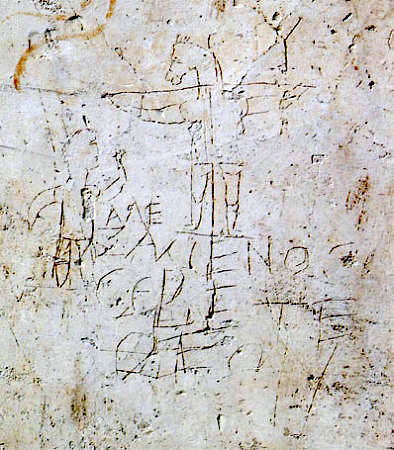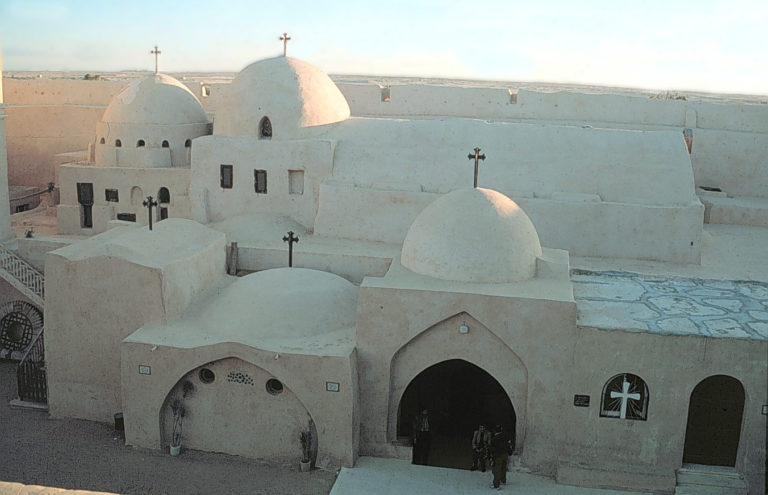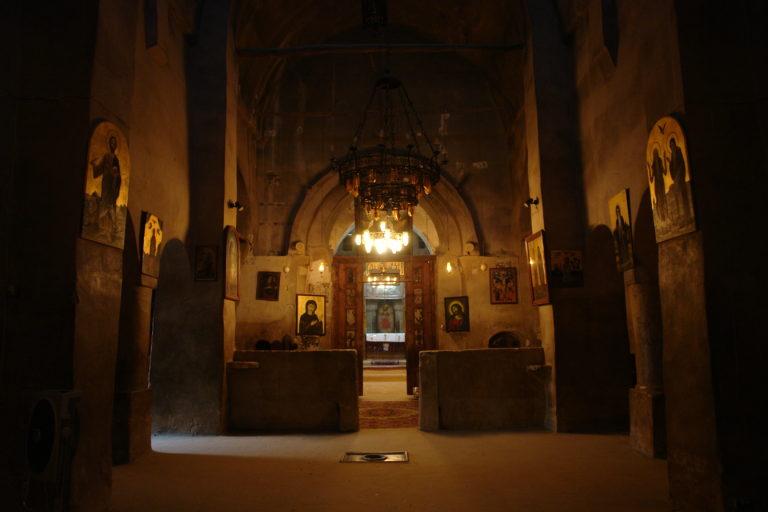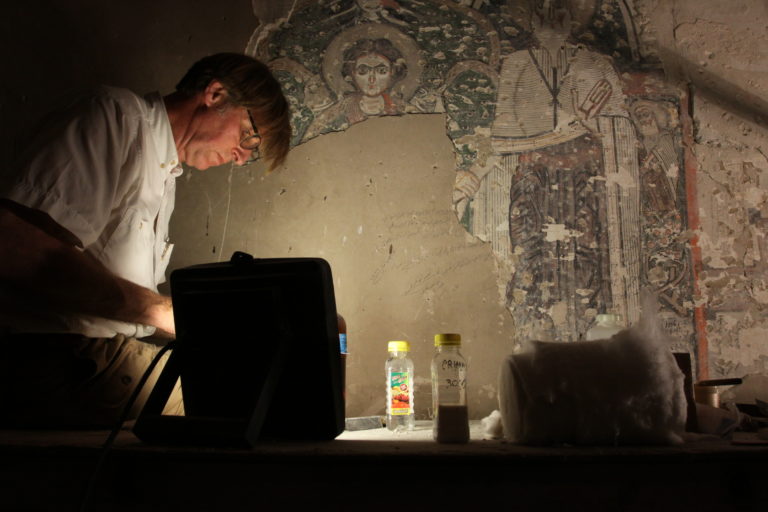![]() Dear Sirs,
Dear Sirs,
due to unrelated reasons I have to cancel tomorrow’s office hours, however I can meet you online for urgent matters.
Dobrochna Zielińska
![]() Dear Sirs,
Dear Sirs,
due to unrelated reasons I have to cancel tomorrow’s office hours, however I can meet you online for urgent matters.
Dobrochna Zielińska
This is the only opportunity to attend this lecture, so as Dr. Karel Innemee will teach it only this semester:
The Church Building in its Form and Function
This unit offers an analysis of the church building as a whole, serving as a functional and symbolical environment and backdrop for the liturgy. Icons, wall paintings, and other furnishings will be discussed in their context, where they serve a common goal of underscoring the meaning of the ritual of the liturgy.
address:
00-927 Warszawa, ul. Krakowskie Przedmieście 26/28, Szkoła Główna, pokój 3.25 tel. +48 22 55 22 825
head of the department:
dr hab. Sławomir Rzepka
scientific members:
Łukasz Jarmużek, MA
Dr. Marta Kaczanowicz
dr hab. Anna Wodzińska
dr hab. Dobrochna Zielińska
Dr. Agnieszka Ryś-Jarmużek
PhD students
Agata Bebel-Nowak – agata.bebel@student.uw.edu.pl
Bogusław Franczyk
Dagmara Haładaj
Adrianna Madej-Ciuba
Katarzyna Kasprzycka – katarzyna.kasprzycka@uw.edu.pl
Person conducting excavation: dr. hab. Dobrochna Zielińska
Country: Sudan
Site name: Miseeda, region Mahas, 19°53’1.31″N 30°23’35.49″E
Type of the site: church built around a rock drawing and the surrounding sites
Dating: ca. 6000 BC – 19/20th cent.
www: The site of Miseeda
The “Good Shepherd” of Maseeda. An image in the context of the changing cultural landscape of the Third Cataract of the Nile. – financed by NCN (UMO-2019/35/B/HS3/02440).
Near the modern village of Miseeda in the Sudanese part of Nubia, in the area of the Third Cataract, an isolated church has been preserved, which conceals a rock drawing from the Kushite period (7th century BC – 4th century AD), made at least three hundred years before the region was converted to Christianity. A certain similarity of this image to the depiction of the “Good Shepherd” known in early Christian art became the initiating factor for the entire project.
The combination of old rock drawings with much younger sacral architecture is an intriguing situation, unique in Nubia. Both the petroglyph and the church are on the spatial border, but they eliminate the border in time, connecting pre-Christian times with the Christian era.
To understand the reasons and circumstances in which this church was founded, the broader context needs to be studied and understood. Firstly, the spatial context: there are numerous rock carvings in the Third Cataract region. The second context is the period in which the drawing was made, viewed, respected, and perhaps revered. Its meaning must have been transformed between the late Meroitic period and the moment when it became an object of interest for the Christian inhabitants of this region and travelers.
Miseeda – church and surroundings, Mahas region, Sudan
Person conducting excavation: dr. hab. Dobrochna Zielińska
Country: Sudan
Site name: Miseeda, region Mahas, 19°53’1.31″N 30°23’35.49″E
Type of the site: church built around a rock drawing and the surrounding sites
Dating: ca. 6000 BC – 19/20th cent.
http://miseeda.uw.edu.pl
The “Good Shepherd” of Maseeda. An image in the context of the changing cultural landscape of the Third Cataract of the Nile. – financed by NCN (UMO-2019/35/B/HS3/02440).
Near the modern village of Miseeda in the Sudanese part of Nubia, in the area of the Third Cataract, an isolated church has been preserved, which conceals a rock drawing from the Kushite period (7th century BC – 4th century AD), made at least three hundred years before the region was converted to Christianity. A certain similarity of this image to the depiction of the “Good Shepherd” known in early Christian art became the initiating factor for the entire project.
The combination of old rock drawings with much younger sacral architecture is an intriguing situation, unique in Nubia. Both the petroglyph and the church are on the spatial border, but they eliminate the border in time, connecting pre-Christian times with the Christian era.
To understand the reasons and circumstances in which this church was founded, the broader context needs to be studied and understood. Firstly, the spatial context: there are numerous rock carvings in the Third Cataract region. The second context is the period in which the drawing was made, viewed, respected, and perhaps revered. Its meaning must have been transformed between the late Meroitic period and the moment when it became an object of interest for the Christian inhabitants of this region and travelers.

We are happy to announce the general lecture Rise of Christianity (2800-DWROCH-OG) that dr Karel Innemée will give as a visiting lecturer at Warsaw University. It deals with the first six centuries of Chistianity, its material and immaterial culture, and the question how a rather obscure movement, rooted in Second Temple Judaism, could become the state religion of the Roman Empire. Especially the role of emperors and their aspirations of being leaders of both Church and State will be dealt with.
The course takes place on Thursdays, 13:13 PM at room 212. and starts 2nd of March.
We would like to remind you that registration for OGUN lectures is possible through general UW token registration.
Project of the University of Warsaw and University of Amsterdam:
„A Cross-section in Time: The Church of the Holy Virgin in Deir al-Surian – an integrated analysis of the building, its paintings and inscriptions.”, financed by NCN (2015/18/M/HS3/00621).
Person conducting excavation: dr Karel Innemée i dr Dobrochna Zielińska
Site: Monastery of the Syrians (Deir al-Surian), Wadi Natrun, Egypt
Type of the site: monastic church
Datowanie: 7th – 21st century

A thorough investigation of the architecture and interior decoration of the church of the Holy Virgin in Deir al-Surian (Egypt) with the aim of reconstructing the most important stages in the development of the building between its construction in the middle of the 7th century and the present. The building has undergone a number of architectural modifications and, partly in connection with this, has been re-decorated up to four times since the 7th century. Two important stages (10th and 13th centuries) can be dated to the period when the monastery was inhabited by a Syriac community. This involves important influences from Syriac culture on the monastic milieu in Egypt, an aspect that will be an important part of the research.

The layer of 18th century undecorated plaster that covers large parts of the interior are removed to uncover the stratification of mural paintings and inscriptions of various kinds that can be expected underneath. Apart from that, evidence of architectural modifications can be expected. The documentation and analysis of this material should lead to a new insight in the development of the building and its decoration, leading to conclusions concerning its use and the changes in the church. The iconography of the paintings is analysed on the basis of texts (mainly wall inscriptions accompanying the paintings, but also liturgical, patristic and other kinds of written sources) and comparison with contemporary paintings elsewhere.
 The research is multidisciplinary in its approach (architecture, iconography of the paintings, epigraphy and liturgy) and for this reason specialists with a reputation in their fields have been invited to participate. This has led to establishing a cooperation between University of Amsterdam and University of Warsaw. The Dutch side in this project also collaborates with specialists from universities in the USA (Duke), Belgium (Louvain-la-Neuve) and Germany (Bonn).
The research is multidisciplinary in its approach (architecture, iconography of the paintings, epigraphy and liturgy) and for this reason specialists with a reputation in their fields have been invited to participate. This has led to establishing a cooperation between University of Amsterdam and University of Warsaw. The Dutch side in this project also collaborates with specialists from universities in the USA (Duke), Belgium (Louvain-la-Neuve) and Germany (Bonn).